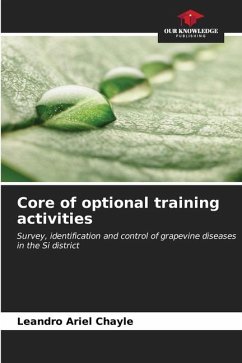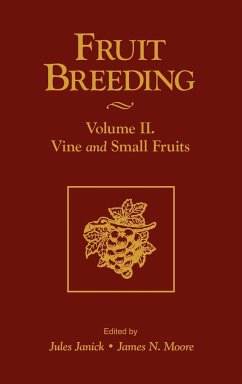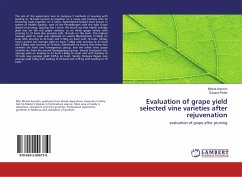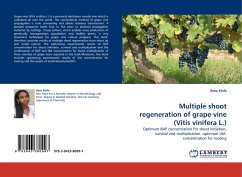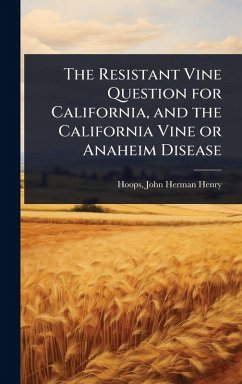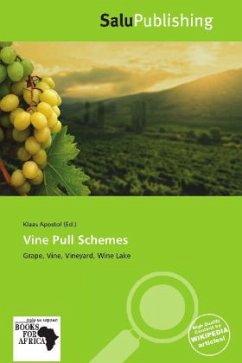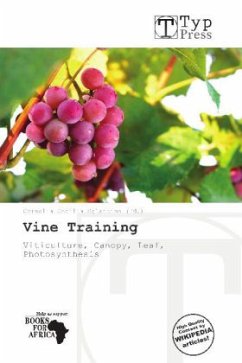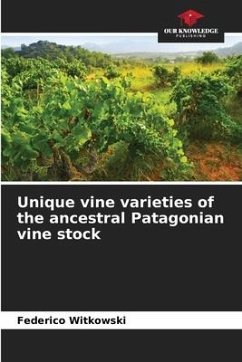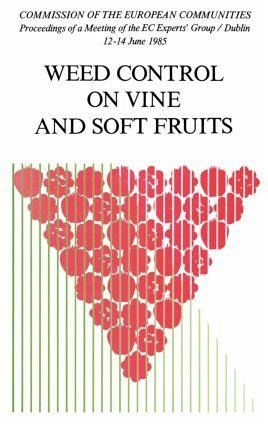
Weed Control on Vine and Soft Fruits
Versandkostenfrei!
Versandfertig in 1-2 Wochen
152,99 €
inkl. MwSt.
Weitere Ausgaben:

PAYBACK Punkte
76 °P sammeln!
This book demonstrates the common problems faced by fruit growers throughout the Community and shows the importance of weeds in fruit crops. It summarizes a list of the worst weeds in vine and soft fruits in each European Country.





